Here’s a link to my photobook Soul sisters

Here’s a link to my photobook Soul sisters






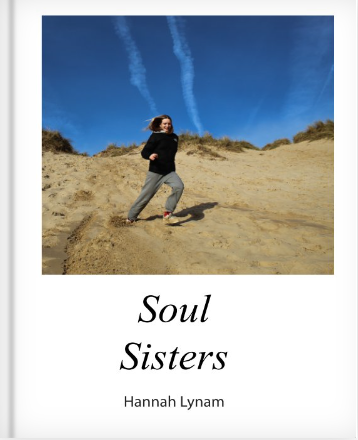



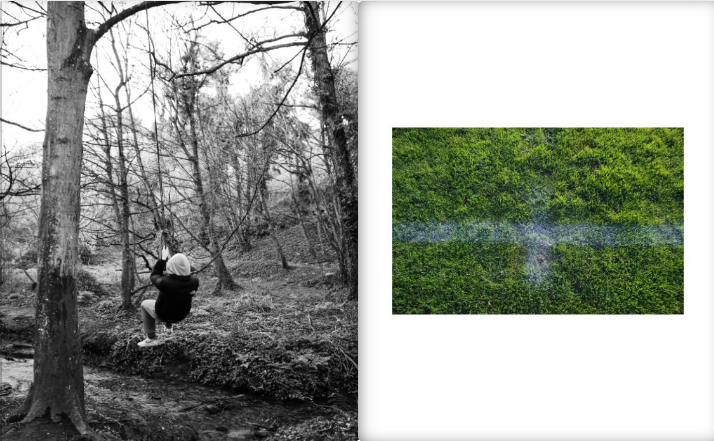









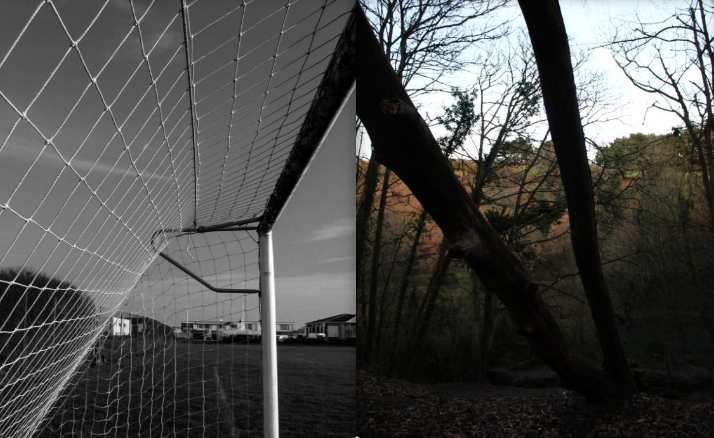







I decided to name my book ‘Soul Sisters’ as it automatically tells the reader what the book is about and gives a background and meaning to the images. I chose the front cover to be my sister running down the sand dune because it is almost like she is running down the page which corresponds with the final image in the book where it is like she is running off the page to demonstrate that it is the end of the book.
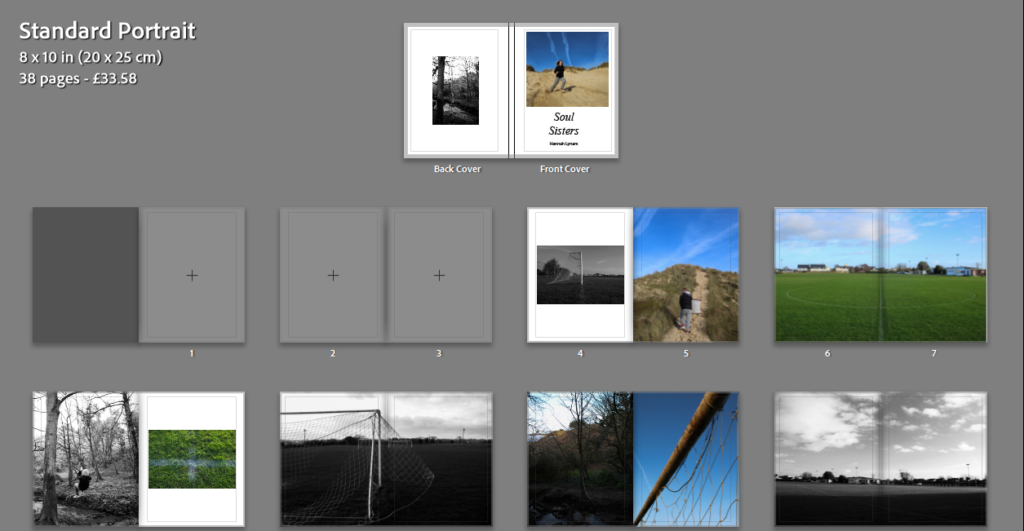
I used a variety of layouts within my book to ensure the book had some character to it. I decided to have a double page spread for every other page as I wanted the book to flow and have some sort of consistency. I also, experimented with placing different images next to each other, creating juxtapositions.
I decided not to include my essay within my book as I didn’t think it fit the theme of the images well enough.


For the back cover, I chose a black and white image of an old rope swing because it links to the idea that it is a memory from mine and my sisters childhood. The rope swing on it’s own demonstrates how we have left these times behind us but the rope is still there which is most likely used by other children making memories like me and my sister did.
Overall, I am pleased with the outcome of my book as I think it displays the theme of nostalgia, femininity and childhood which links back to the work of Justine Kurland. My work linked back to Kurland’s work in a way as it explored the themes of childhood and feminist in what could be argued as rural landscapes. In my opinion, the images within the book clearly demonstrates my childhood memories that I have created with my sister, telling the reader a story. When taking the images and going back to the places that were once second homes to me and my sister, I felt a sense of nostalgia as everything was almost the same as when we used to go there. One thing that I would have changed would have been getting more portraits during the football pitch shoots. I also would include more childhood friends in the shoots which would show a real comparison to Kurland’s work.
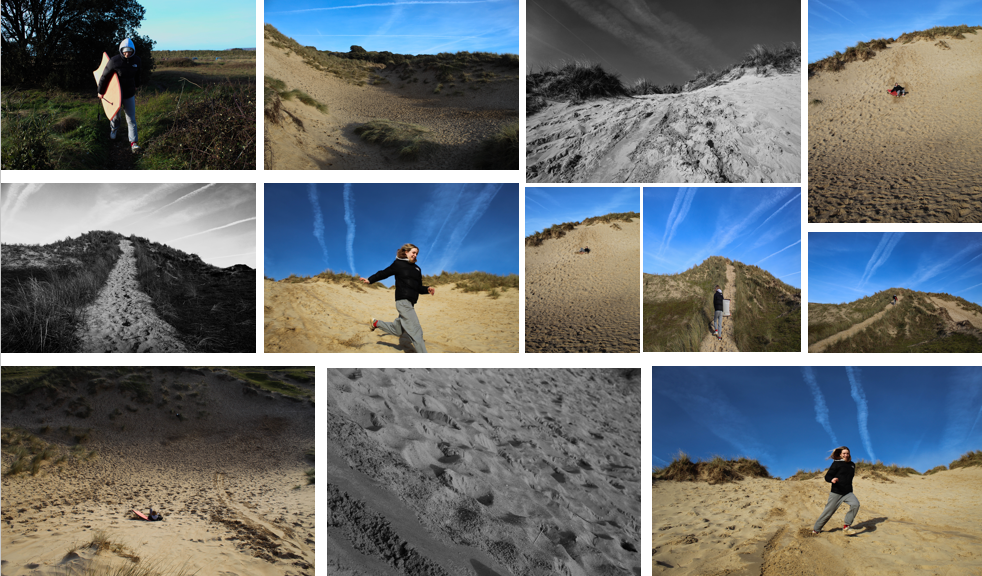
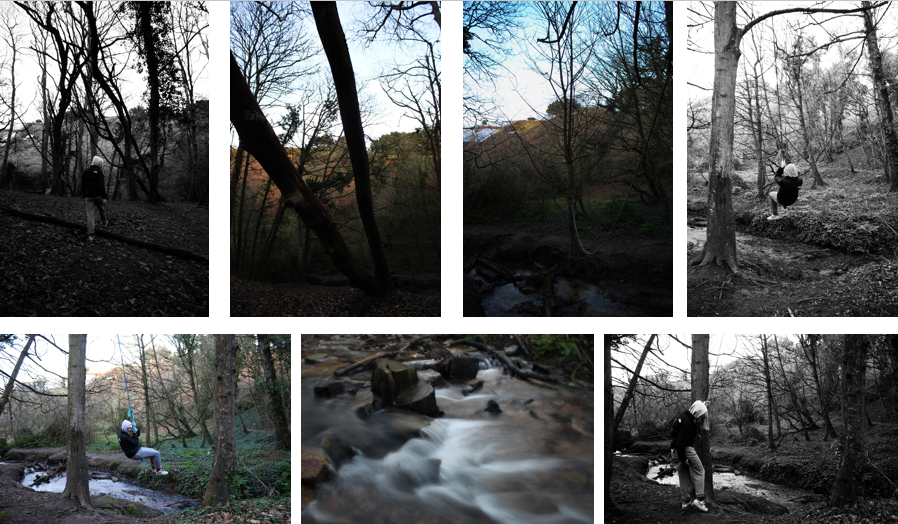
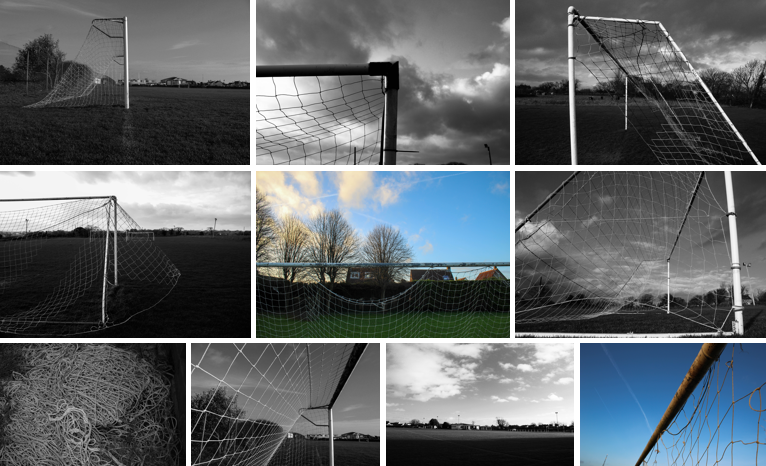
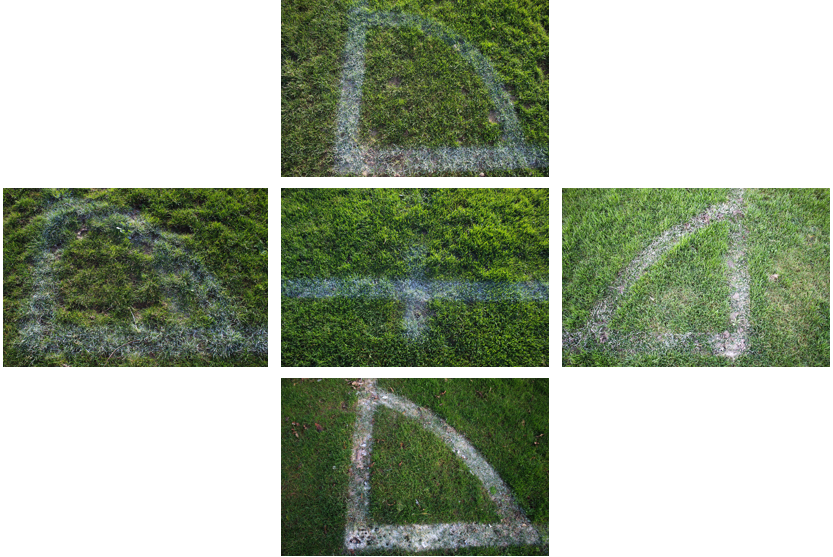






I went through all of my images and flagged the images that I thought were the strongest to make it easier for me to edit them.
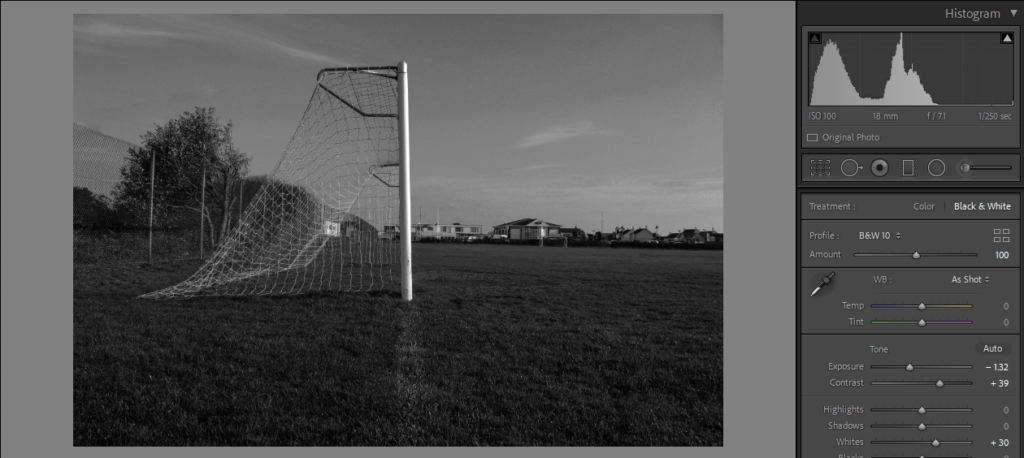
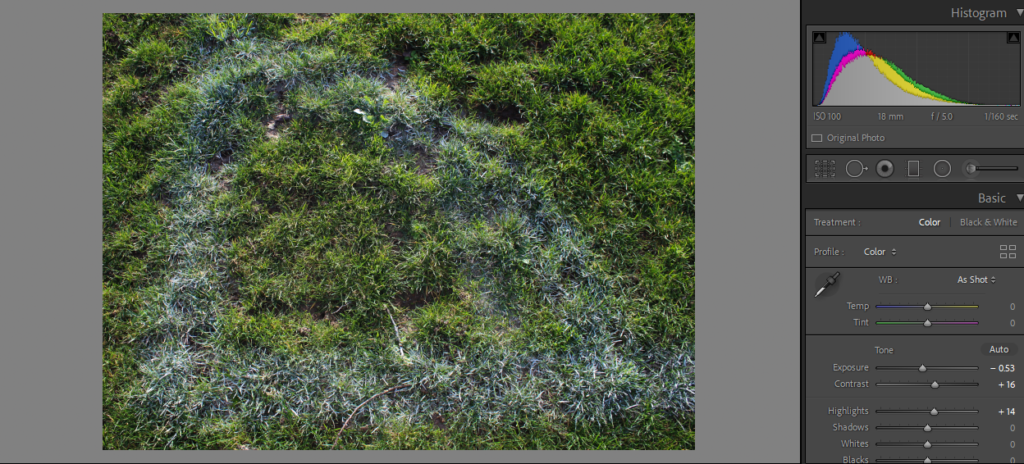
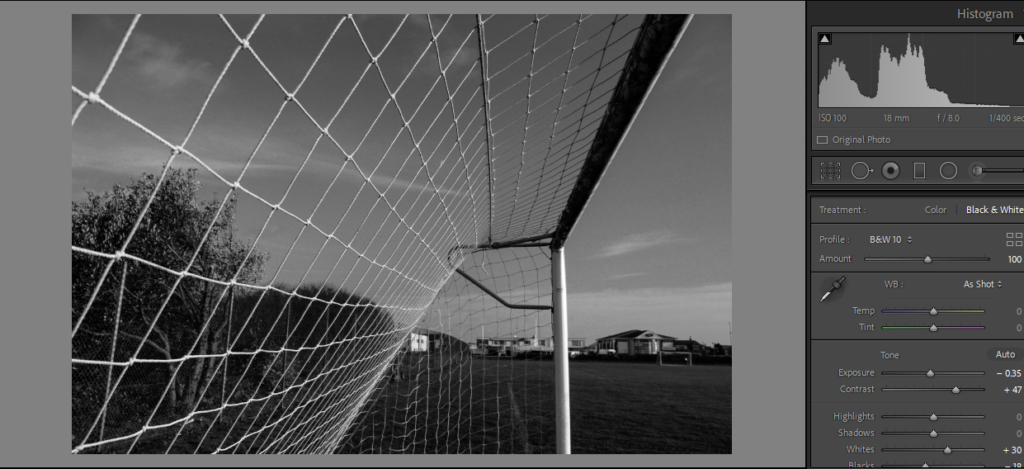


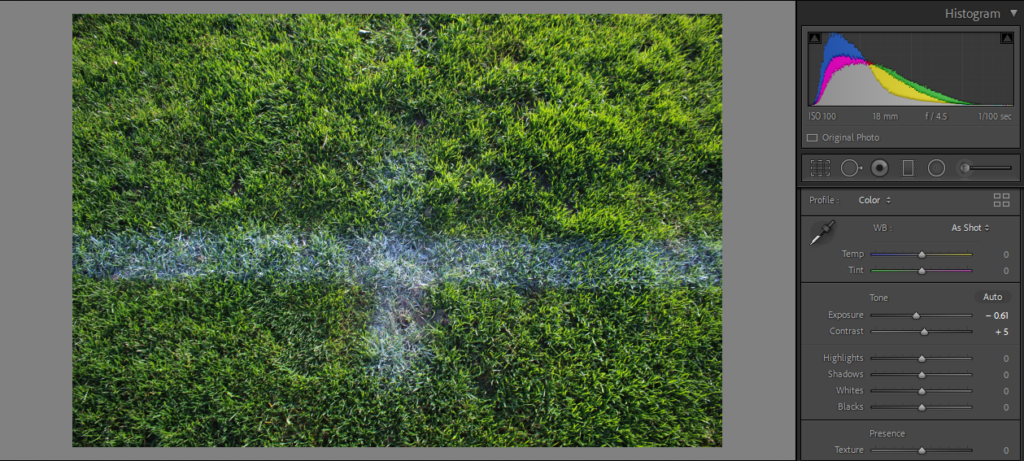
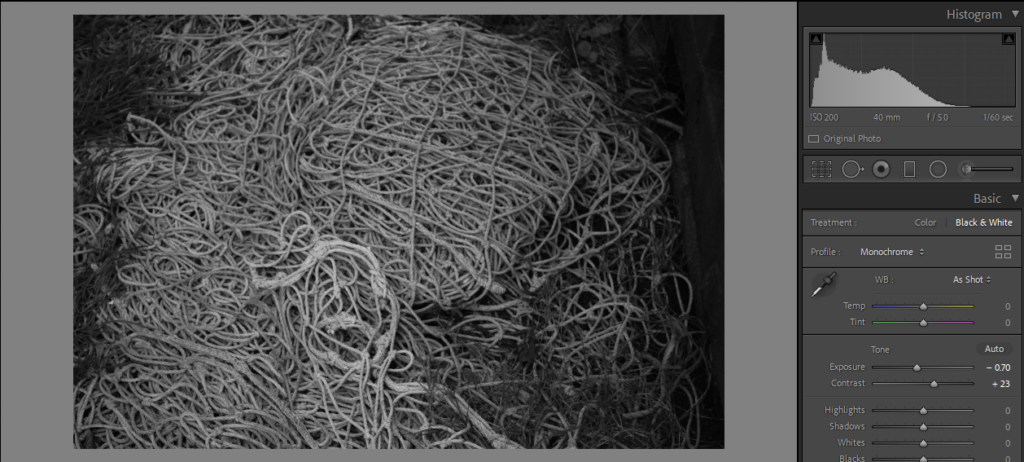
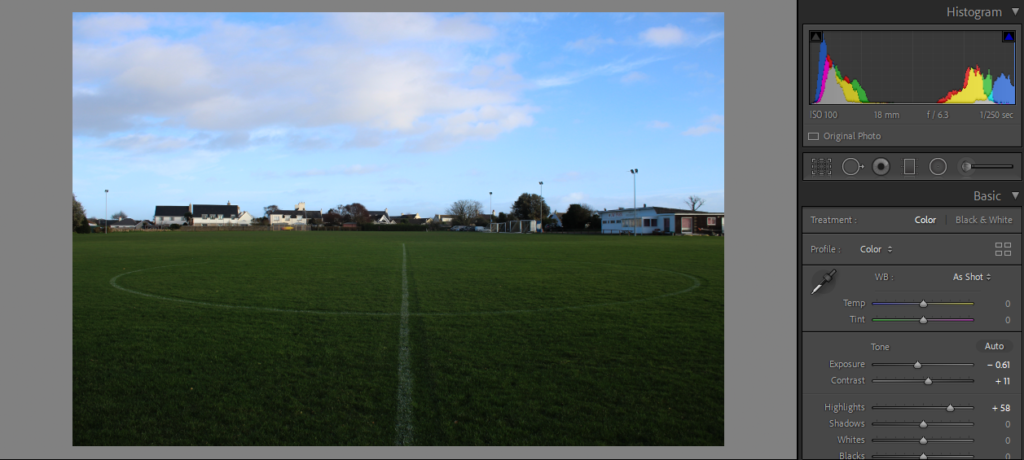
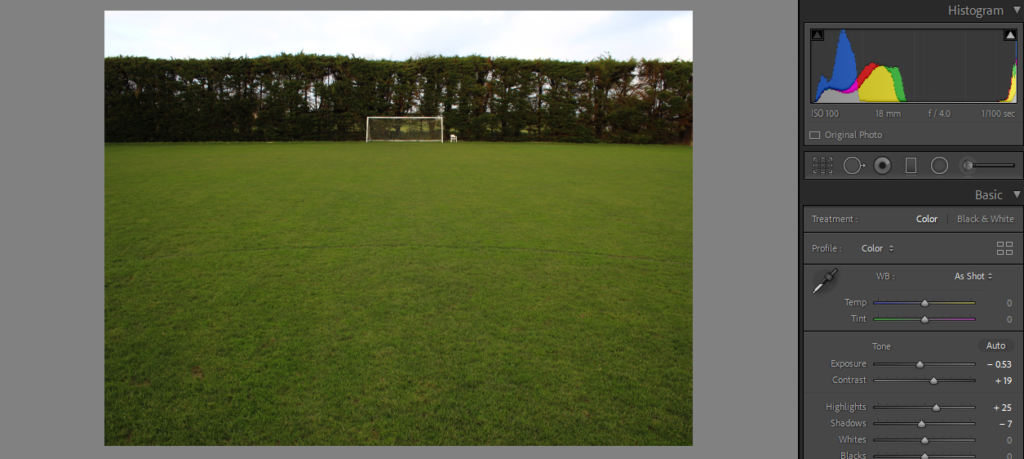
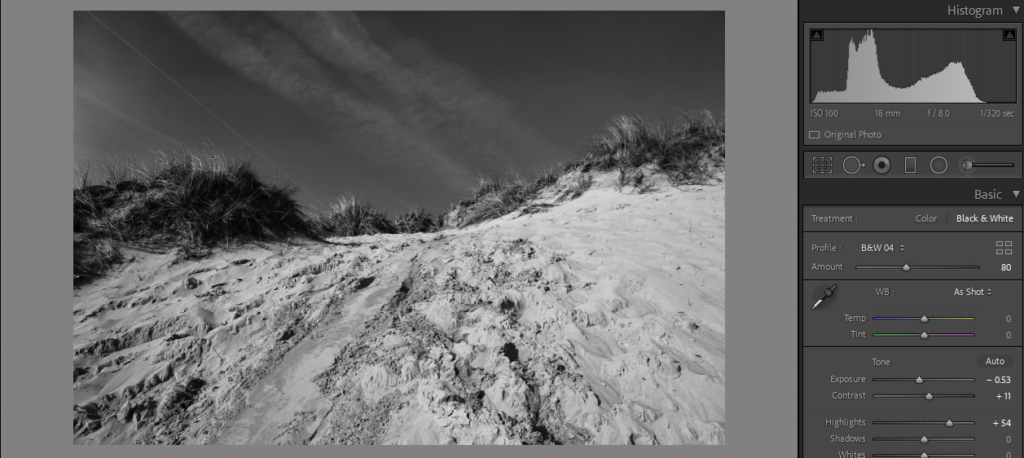
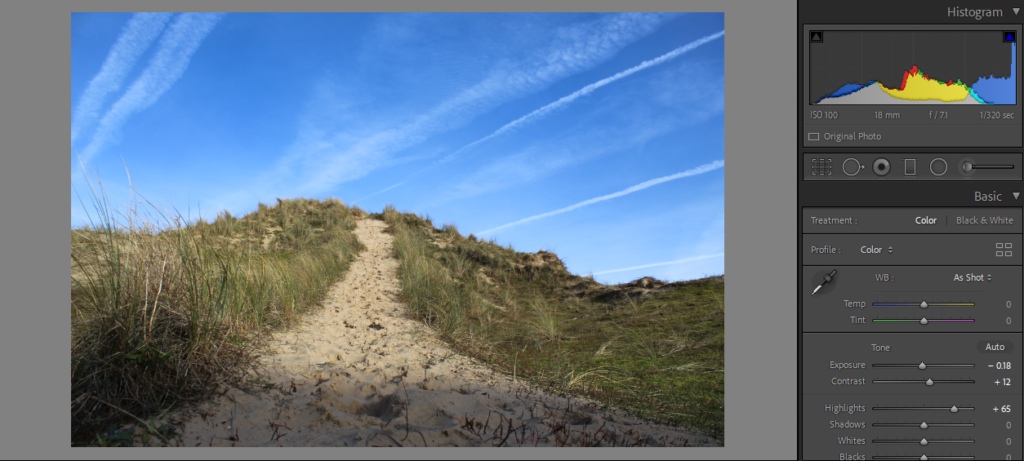
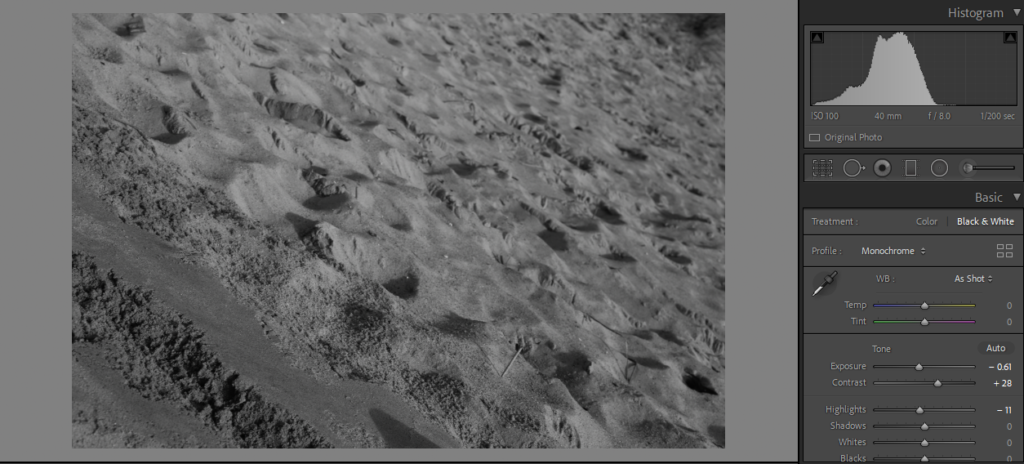
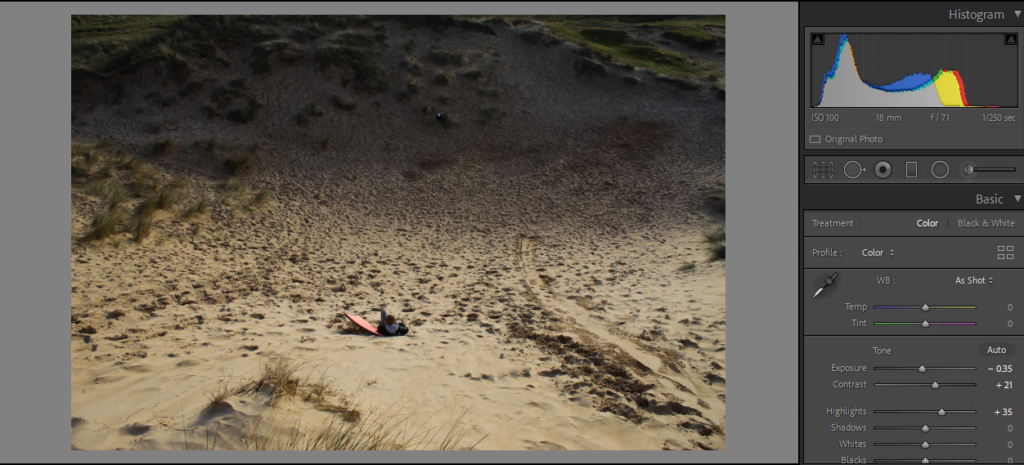

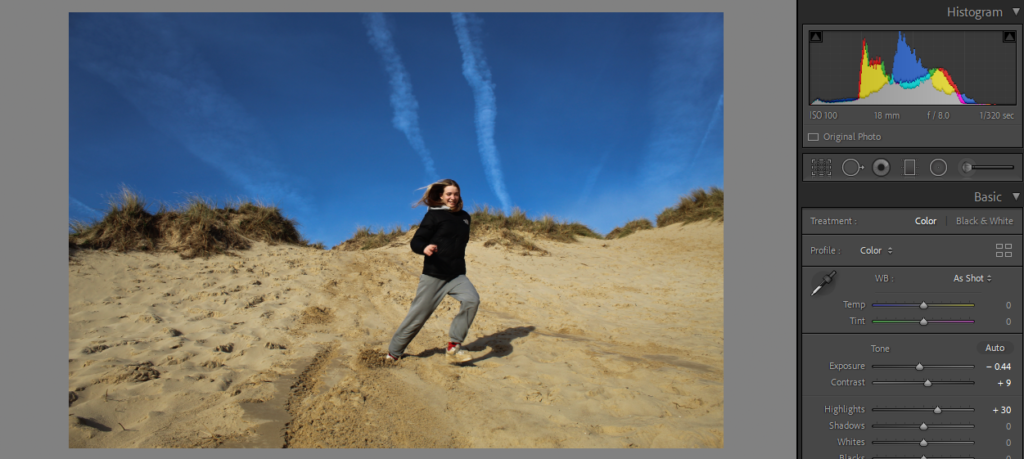
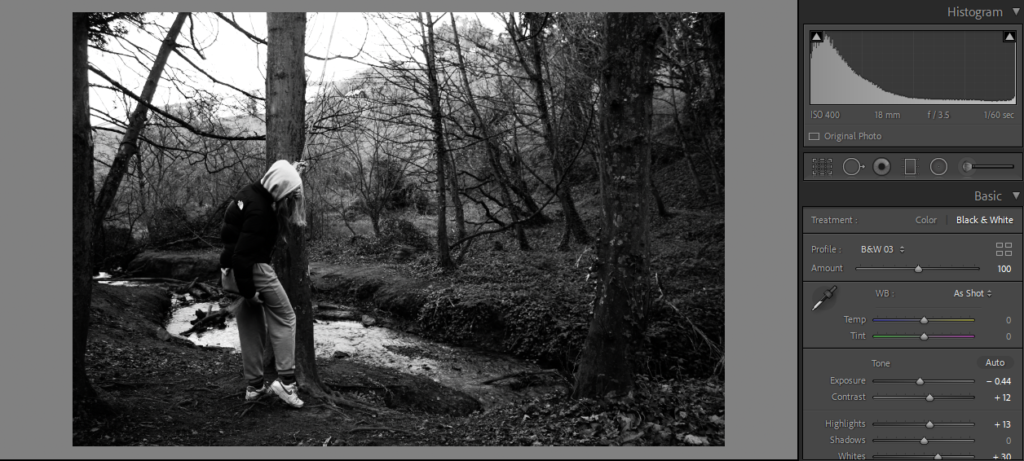
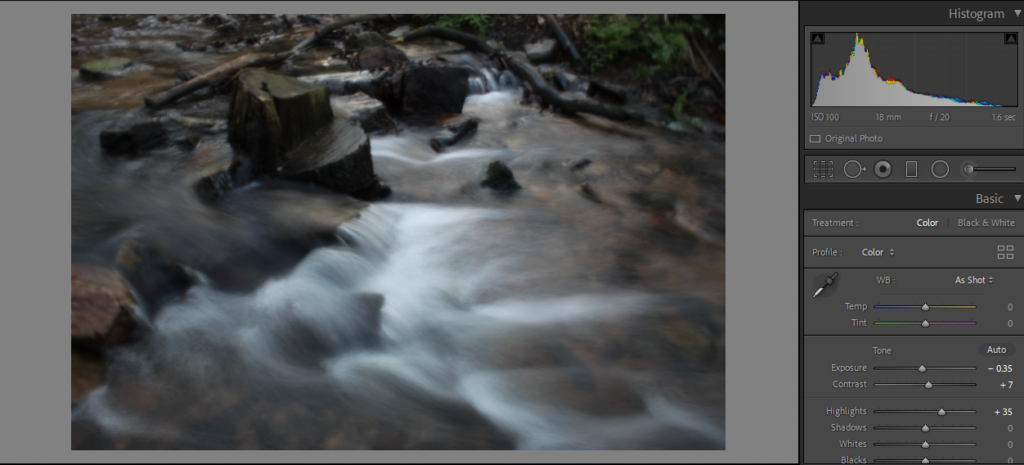
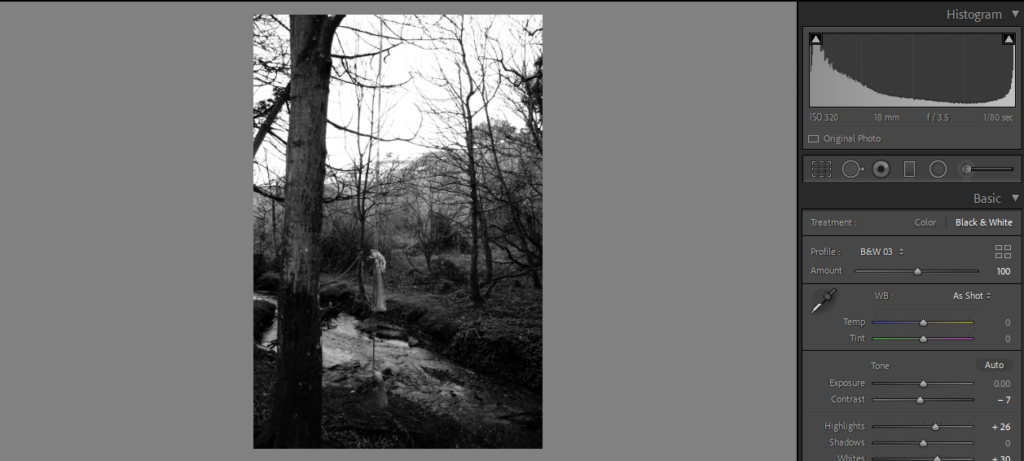
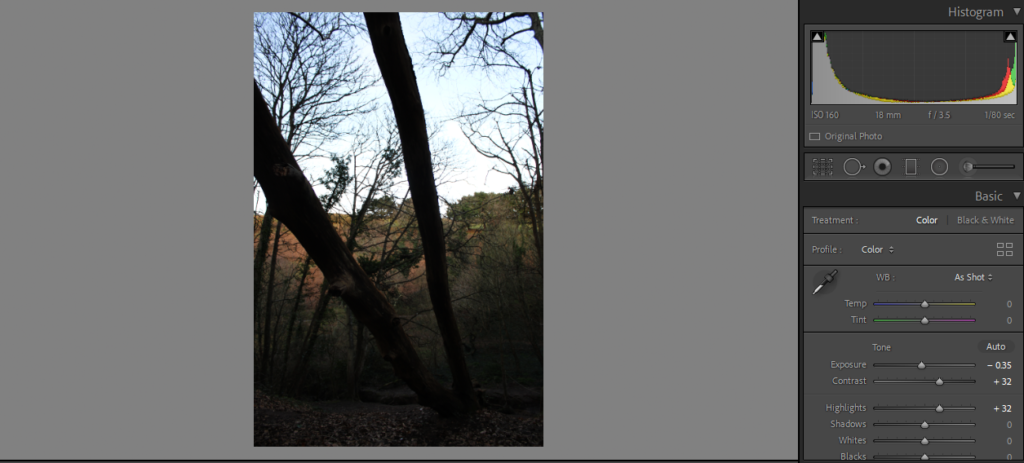
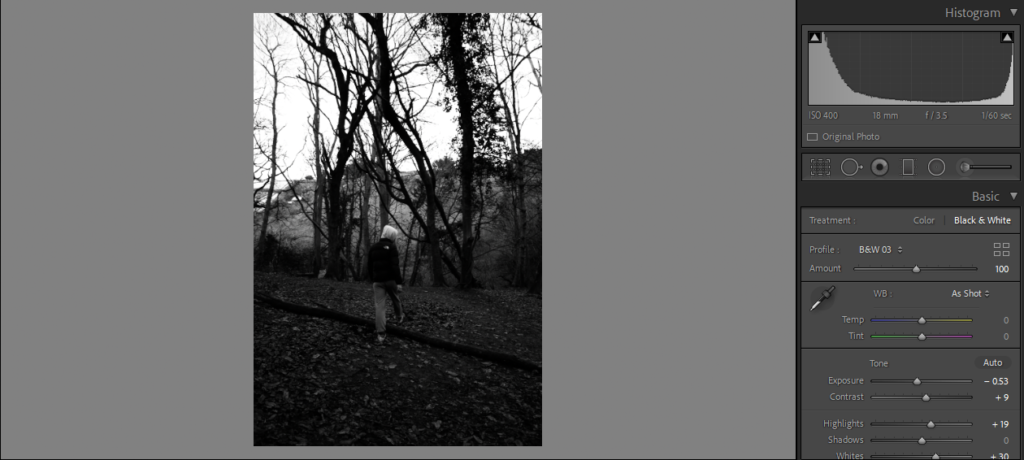
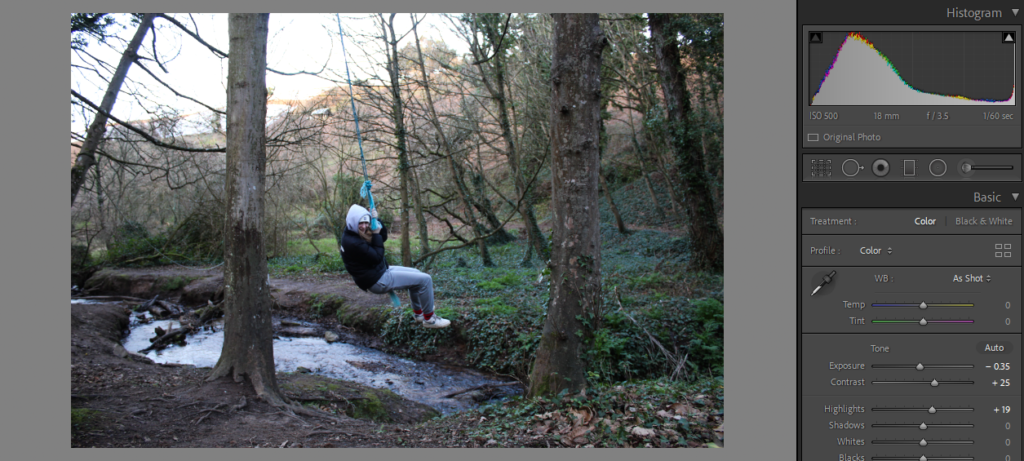
“To collect photographs is to collect the world.”
Justine Kurland and Julia Margaret Cameron have been very influential with their work, demonstrating the theme of femininity and girlhood throughout. I will be analysing both Kurland and Camerons work and how they exhibit what girlhood means. Although both Kurland and Cameron both illustrate the theme of femininity within their work, they both have different ways of presenting a portraying this theme. Cameron was a 19th century pictorialist photographer whose style of photography was taking close-up portraits, with soft focus and dramatic lighting. Whereas Kurland is a 21st century contemporary photographer whose style of photography is taking images of girls in rural landscapes.
Pictorialism became the first international art movement in photography which first started in the 1870s and really started to rise and become popular in the 1990s. The pictorialism movement was an approach to photography where there was an emphasise the beauty of the subject and composition rather than the documentation of reality. Photographer’s images and work were inspired by the sublime and beauty, often taking images of nature and people focusing on the raw and natural beauty within the subject. When choosing subjects to photograph, they would choose people who they thought represented beauty. It was said that ‘the beauty of pictorial composition is necessary for any photograph to be art’ photographers thought that if they demonstrated aspects of fine art into their photographs then their images would be seen as art and photography would be accepted as a form of art. There were many popular pictorialist one being Alfred Stieglitz who was part of the organisation photo-secession which was formed in the 1890s. The organisation wanted to progress photography as a form of art which developed the pictorial movement. Stieglitz work consisted of many images focusing on the raw beauty of nature as well as portraits of women before he lost interest in the aim and movement. One of the most well know photographers from the pictorial movement was Julia Margaret Cameron who was one of just two nineteenth-century photographers deemed by Stieglitz and his circle to be worthy of the term “artist.” Rather than capturing the raw beauty within landscapes, Cameron took portraits, which she staged, that focused on the beauty of the subjects as her images were inspired by beauty and the sublime. Staged photography is where the photographer directs and stages everything or aspects of the photograph in advance in order to have full control over how their idea is visualised rather than a candid photo where the photo is taken without creating a posed appearance. An image can be staged in many different ways such as asking the subject within the portrait to position themselves in a certain way for example, placing their hand over their hands over their face. Photographers are also able to stage landscape images by manipulating the environment for example placing or removing objects in the landscape to enable the environment to match the photographers’ vision. Staged photography which is also known as tableau photography become well known in the 1980s through the artists Cindy Sherman and Jeff Wall who staged their compositions which has now become a common theme within photography today.

Julia Margaret Cameron is considered one of the most important portraitists of the 19th century as well as having a significant influence on the pictorial movement. Cameron received h er camera late in her life, in 1863, as a gift from her daughter and son-in-law. This kickstarted Camerons career as a photographer as she went on to become one of the few photographers who established photography as a form of art. From this point on, Cameron devoted herself to photography turning her coal-house into her own dark room where she would develop her images. Controversially when producing her images, she would often leave visible scratches, smudges and other traces of her process on negatives and prints which other photographers didn’t agree with. By leaving the marks in the images, Cameron shows imperfections which demonstrates that no one in society is perfect and that no one should have to meet the standards set by society today. These marks would be left on the images as developing the images was a complicated process this is because the negatives were made out of glass and were sensitized just before the exposure was made. Cameron first started to photograph her friends, family, household staff and famous neighbours who would dress up and pose for her before moving on to photographing subjects from religion, literature and history. Cameron would set up her large-format camera on a tripod before taking her images. Cameron’s style of photography was unique as she took close-up portraits, with soft focus and dramatic lighting. This gave the images a dream like effect which was also controversial as other photographers didn’t like how Camerons images didn’t come out clear and sharp. Cameron’s created portraits of famous Victorian men as well as young women as she wanted to capture the beauty in both men and women. Most of her portraits were of young women and girls which could suggest that Cameron could see traits of her own childhood within the young girls which drew her to photograph them. When choosing her female subjects Cameron would choose them based on their beauty, which links back to the pictorial movement as Cameron emphasised the raw and natural beauty of her subjects rather than using them as a form of documentation photography. Many of the subjects photographed by Cameron described her as eccentric, generous and bossy with her commitment to her art being the standout factor. Her work was split into three categories, portraits, Madonnas and subjects. As well taking many portraits, Cameron also had a love for ‘Madonna with Children.’ The Madonna and child is the name given to a piece of at that shows the Virgin Mary and the child Jesus. Julia Margret Cameron would create images like this by dressing her subject in dark cloaks, representing the religious figure of Virin Mary and placing them in front of a plain background along with a child or in some cases two children. Cameron would often create Madonnas which composed of a mother and her two girls which would idealise scenes of motherhood. Camerons work has inspired many photographers toady such as Justine Kurland as they both share a passion for the theme of femininity.

Justine Kurland is a well renowned photographer for photographing subjects in rural landscapes in America which explores the theme femininity, girlhood and youth based on Kurland’s childhood memories. This is evident in her book ‘girl pictures’ which consists of images of ‘runaway’ teenage girls who were staged as independent and fearless, surrounded by a wild American landscape. By portraying the girls as independent and fearless it hides the truth that in reality the ‘runaways’ have little to nothing and are probably the complete opposite. Kurland’s work has been influenced strongly by 19th century photographer Julia Margaret Cameron who also focused on the theme of femininity as well as Greg Crewdson, Philip Lorca Di Corcia and Jeff Wall. Kurland’s project all started by taking photos of a teenage girl called Alyssum, who was the daughter of a guy she was dating. It was argued that Alyssum was a rebellious child as she was known for skipping school and smoking pot, which is why Kurland decided she would start to take photos of her. They both came up with the idea that Alyssum would be the subject, known as the ‘teenage runaway.’ Kurland liked the idea of this ‘teenage runaway’ that she had come up with so much that she decided she wanted to expand her cast these girls were then known as ‘runaways.’ Kurland would visit various locations and pick up many new girls along the way, collecting anyone who was willing to join. The ‘runaways’ would then work with Kurland to create images that demonstrated what girlhood was, shutting down the stereotypical activities carried out by young girls and girls in general. By staging her images to present the girls as independent and spirited it hid the truth from the viewers from the outside that these girls were living a harsh and rough life. Kurland would stage her images to explore the theme of girlhood within her work as she worked with her subjects and selected the location. Kurland would then prompt the girls how to act and respond to the given scenario which enabled her to produce her final outcomes. Even though the subjects are responding to the scenario given to them by Kurland there is a sense of freedom throughout her images as the girls were trying on a version of themselves that the world had shown them was “boy.” There was also a sense of nostalgia for Kurland when creating these images as she staged her images to “portray the teenage girls as a surrogate to herself” even though she was behind the camera she also felt she was in front of it in a way as she had built such close relationship with the girls. Travelling across the country, Kurland and the girls had all the freedom in the world to created images that demonstrated the simple joys of childhood, foregrounding girls’ lives. By spending so much time together Kurland and the girls all made special bonds with one another leaving them with a special connection to the photos. However, Kurland is hiding the harsh reality that all the girls are ‘runaways’ and aren’t living a pleasant life by presenting the images in a soft and gentle way she does this to show how even though these girls don’t have the nicest lives they’re still able to escape reality in a way when performing for the camera.

Overall, it is evident that both Justine Kurland and Julia Margaret Cameron have demonstrated the theme of childhood within their work even though they’ve presented it in very different ways. Through studying the work of both Kurland and Cameron, there is a clear resemblance between the way they emphasise the importance of femininity and what it means to be a girl. Kurland’s images go against what society says teenage girls should stereotypically act and dress as her images portray activities carried out by teenage boys. Whereas Camerons images demonstrate what society expects young women and girls to look like as she photographs teenage girls that are seen for as beautiful and stereotypically what society views a girl to look like. However, even though Cameron displayed her subjects as a perfect, she purposely leaves and creates imperfections such as scratches and smudges on her images which demonstrates how no one in society is perfect. On the other hand, Kurland makes use of aspects from constructed realities to create staged images to try and make an imperfect truth a perfect reality.
Bibliography/ references
https://www.britannica.com/technology/Pictorialism
https://www.britannica.com/biography/Alfred-Stieglitz
https://archive.artic.edu/stieglitz/julia-margaret-cameron/
Cameron, Margaret, Julia (2023). Julia Margaret Cameron capture la beauté. Paris: Jeu de Paume.
https://www.artnet.com/artists/justine-kurland/
Kurland, Justine (2020). Girl Pictures. New York: Aperture Foundation
Bate, David (2016) ‘Pictorual Turn’ in Art Photography. London: Tate Galleries.
The Adventures of Guille and Belinda and The Illusion of an Everlasting Summer is telling a story about two cousins, through a series of staged images which documents their childhood.

Alessandra Sanguinetti made this book to show the relationship between the two cousins. Sanguinetti started taking images of the cousins when they were nine as she first met them when she was working on another project. Sanguinetti stated that “something in the pair reminded her of the summers she spent as a child in the Argentine countryside” which were ultimately the happiest times in her life. Sanguinetti then worked with Guille and Belinda over the next 21 years, documenting how they change over time and how their relationship with the camera develops. Sanguinetti would film and take photos of the girls, capturing the special moments. The majority of the images were taken near Sanguinetti’s fathers farm, in the farm house. Sanguinetti focused in key themes such as girlhood, love, and family which is demonstrated by the images within the book. In a way Sanguinetti’s book acts as a photo album for the family as it shows how the girls have grown up and changed through out the years.

The book feels heavy due to its many pages and hard cover, which is soft in texture with a square image in the middle of it which continues when you open the book. The book is structured so there is one image per two page spread. Each image is in a square format on an A4 page, centred in the middle of the page surrounded by a white boarder. This is a constant theme throughout the book which gives the book a family photo album feel. The title of the book is written in gold front along the spine of the book along with Sanguinetti’s name. The book is held together by
I took these images at Greve De Lecq woods as we frequently went there when we were younger.


Image selection- I flagged all the images that I wanted to edit by using ‘P’ and ‘X’






YELLOW

GREEN
